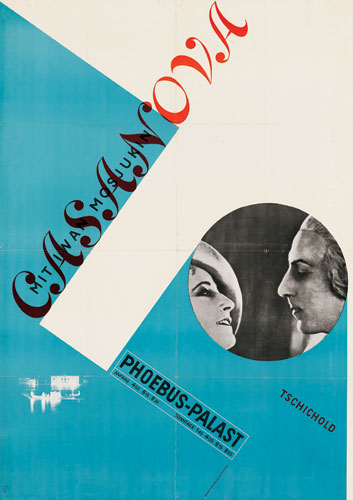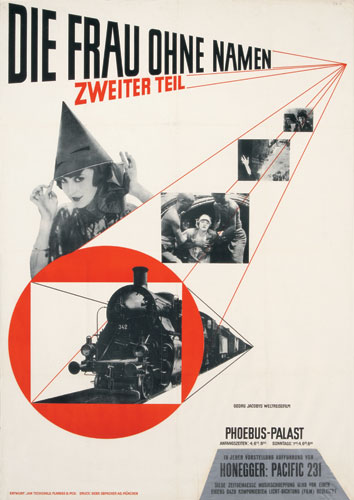Greetings Earthlings, I come in pieces of vocabulary words.
Such as:
Such as:
1. Absolute measurement: Measurements of fixed values. e.g. a millimeter is a precisely defined increment of a centimeter.
2. Relative measurement: Many measurements, such as character spacing, are linked to type size, which means that their relationships are defined by a series of relative measurements. e.g. Ems and ens.
3. Point: Unit of measurement used to measure the type size of a font. e.g. 7pt Times New Roman. This measurement refers to the height of the type block, not the letter itself.
4. Pica: a unit of measurement equal to 12 points that is commonly used for measure lines of type. e.g. there are six picas ( or 72 points) in an inch, which is equal to 25.4 millimeters.
5. Em : Unit measurement used in typesetting to define basic spacing functions, and therefore it is linked to the size of the type. It is a relative measurement n that if the type size increases, so does the size of the em. An em equals the size of a given type. e.g. the em of 72pt type is 72 points and the em of 36pt type is 36 points and so on.
6. En: Unit of relative measurement equal to half of one em. e.g. In 72 type an en would be 36 points.
7. Legibility: body of knowledge, research, and opinion to which designers refer selectively, rather than a subject governed by any single unified theory or categorical law.
8. Rag:
9. Type alignments:
Flush left: Type set to an even left margin, giving an uneven or ragged right margin.
Advantages: The space between words remains consistent. This is important to the readability of the text-the ease with which the reader's eye traces the progression from one word to the next. It also ensures an even texture to a column of type, maintaining an even "gray value" from line to line.
Disadvantages: Asymmetry-the ragged right margin may disturb the balance of an otherwise symmetrical page layout. However, this might equally be listed as an advantage, since asymmetry can be the basis for dynamic typographic compositions.
Flush right: Type set aon a central axis, with even word spacing and ragged left and right margins.
Advantages: It is rarely used for text of any length. It can, however, be extremely effective for setting small bodies of text, captions, and so on within asymmetrical layout, where a ragged left column may create or resolve dynamic tension within the composition of the page.
Disadvantages: Reduced readability-the absence of an even left margin makes it more difficult for the reader's eye to identify the beginning of the next line. This may be addressed by increasing the leading.
Centered: Type et on a entral azis, with even word spacing and ragged left and right margins.
Advantages: although seldom used for the setting of large quantities of contunuous text, centered type can be extrememly effective in the design of single pages in formal contexts.
Disadvantages: Reduced readability-the absence of an even left margin makes it more difficult for the reader's eye to identify the beginning of the next line. This may be addressed by increasing the leading.
Justified: Space between the words is adjusted in each line, giving even margins both left and right.
Advantages: Even margins left and right, giving a neat rectangular text area.
Disadvantages: The space between words will necessarily vary from on line to the next, because each is adjusted to fill the same column width. This requires detailed adjustments to specification ir order to avoid excessive space between words.
10. Word spacing: Space between words. It can be adjusted manually for display and title setting.
11. Rivers: Rivers typically occur in justified text blocks when the separation of the words leaves gaps of white space in several lines.
12. Indent: To set (the first line of a paragraph, for example) in from the margin.
13. Leading:
14. Kerning
15. Tracking
16. Weight: Typefaces customarily include a choice of weights, from the single bold variant common to most text faces to intermediate weights, such as book, medium, and demi.
17. Scale: Content may be differentiated through the scale of type, by increases in point size.e.g. a title or subtitle, an introductory paragraph, or pull-quote may be differentiated from the main text by being set in a larger size.
18. Typographic variation: it is serve to clarify visually for the reader specific kinds of emphasis and prioritization, and to establish consistent distinctions between different kinds of content.
19. Orphan: a child who has lost both parents through death, or, less commonly, one parent.
20. Widow: a woman who has lost her husband by death and has not remarried.























